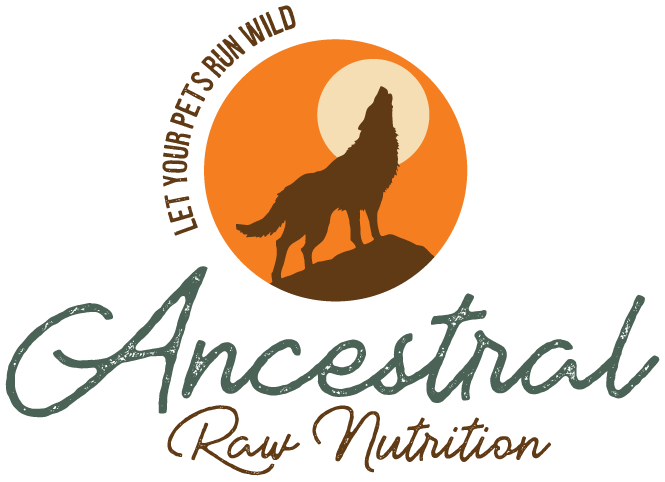🦴 Understanding the 80/10/10 PMR Method
From Nature to Bowl — Nourishment as Nature Intended
The Prey Model Raw (PMR) diet is designed to mimic what carnivorous animals eat in the wild. The most common formula is known as the 80/10/10 ratio:
-
80% muscle meat
-
10% raw edible bone
-
5% liver
-
5% other secreting organs (kidney, spleen, pancreas, etc.)
This ratio is a foundational guideline—not a complete nutrient profile. In the wild, predators consume a wide variety of prey, including fur, feathers, glands, connective tissue, and even sea creatures. When feeding raw at home, it’s important to rotate proteins and incorporate nutrient-rich additions to help bridge nutritional gaps.
—
📉 Common Nutrient Deficiencies in the 80/10/10 Diet
Even when following PMR ratios, studies and National Research Council (NRC) guidelines show that dogs may develop deficiencies in the following nutrients:
-
Zinc
-
Manganese
-
Magnesium
-
Iodine
-
Vitamin E
-
Vitamin D
-
Omega-3 fatty acids
You may choose to supplement these nutrients using whole food sources or commercial-grade supplements (if preferred).
—
🥩 Recommended Natural, Prey-Based Add-ons
These natural additions help cover nutritional gaps while staying true to a PMR philosophy:
🔹 Zinc
• Food Sources: Eggs, Chicken, Turkey, Lamb, Duck, Oysters, Mussels
• NRC Guideline: 15 mg per 1000 kcal/day
Sample Serving of Oysters (steamed/dehydrated):
-
Small dogs: ½ – 1 oyster
-
Medium dogs: 1 – 2 oysters
-
Large dogs: 2 – 3 oysters
🔹 Manganese
• Food Sources: Blue-lipped mussels, Green tripe, Fur, Feathers
• NRC Guideline: 1.2 mg per 1000 kcal/day
Blue-Lipped Mussel Serving:
-
Small dogs: 1–2 mussels
-
Medium dogs: 3–4 mussels
-
Large dogs: 5–6 mussels
🔹 Magnesium
• Food Sources: Mackerel, Sardines, Turkey, Pork, Beef Liver, Lamb, Chicken
• NRC Guideline: 45–150 mg per 1000 kcal/day
🔹 Vitamin D
• Food Sources: Salmon, Herring, Tuna, Halibut, Beef Liver
• NRC Guideline: 3.4 mcg per 1000 kcal/day
Note: Dogs absorb Vitamin D3 (cholecalciferol – from animal sources) far more efficiently than Vitamin D2 (ergocalciferol – from plants).
🔹 Vitamin E
• Food Sources: Beef Liver, Chicken Liver, Pork, Salmon, Lamb
• NRC Guideline: 7.5 mg per 1000 kcal/day
🔹 Iodine
• Food Sources: Cod, Egg yolks
• Tip: Include in rotation, but avoid excessive or deficient feeding—balance is key.
🔹 Omega-3 Fatty Acids
• Food Sources: Sardines, Anchovies, Smelt, Grass-Fed Meats
• Benefit: Supports heart health, skin, coat, joint function, and reduces inflammation
—
⚠️ Reminder: Always rotate proteins and organ sources to help cover a wider range of nutrients over time. Whole food additions should be measured with your pet’s total daily caloric intake in mind.
—
🧬 Backed by Science, Grounded in Nature
At Ancestral Raw Nutrition, we support species-appropriate feeding through education, clean ingredients, and guidance rooted in nature and research.
For a deeper dive, explore NRC standards or consult with your raw-savvy veterinarian.
📚 Curious to learn more? Visit our Run Wild Blog for detailed feeding tips, research insights, and raw feeding success stories.


